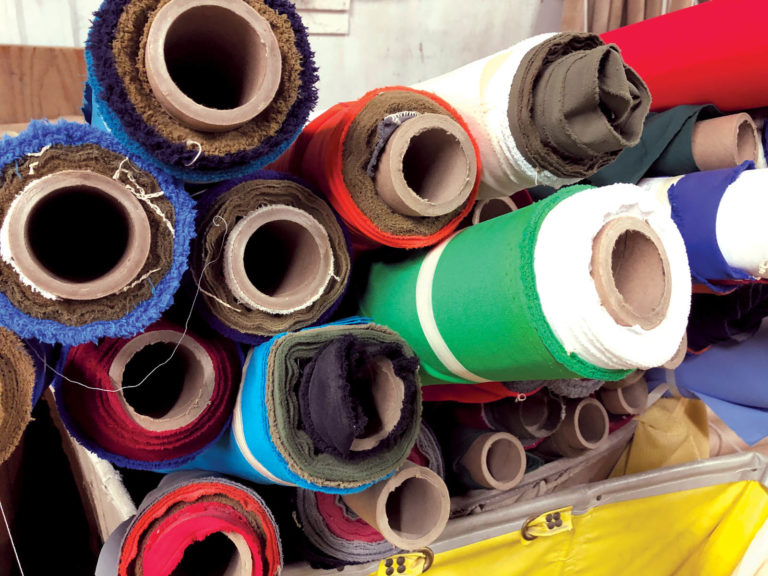
Global apparel supply chains are under pressure as prices of fibers and other textile materials rise, energy costs soar and costs of freight escalate, according to “Talking strategy: apparel supply chains hit by perfect storm as costs rise on multiple fronts”, a 6-page report from the global business information company Textiles Intelligence.
The global cotton price as measured by the Cotlook A Index almost doubled between April 2020 and December 2021, from $.64 per pound to $1.20 per pound.
Finished goods have been taking longer to reach their destinations as shortages of containers and outbreaks of COVID-19 have halted operations and caused delays at ports. In fact, in many destination ports, the average median times spent by containers in depots—referred to as “dwell times”—reached near-record levels in 2021 because of severe congestion.
To add to the apparel industry’s woes, companies importing apparel and other textile products into the US market which contain materials sourced from Xinjiang province in China face a new hurdle due to the Uyghur Forced Labor Prevention Act (UFLPA).
Under the UFLPA, companies which want to continue importing goods made in Xinjiang must provide “clear and convincing evidence” that the goods in question were not manufactured with forced labor. This places the onus on companies rather than customs officials.
However, global apparel supply chains are notoriously complex and it is often impossible to trace the origins of materials used in the manufacture of a garment. This will make it immensely difficult for companies to guarantee with confidence that the products they are supplying do not contain materials sourced from Xinjiang province in one form or another.
To ensure that they comply with the UFLPA, apparel brands are likely to play safe and source from locations which they can be confident do not use materials made in Xinjiang province. This would significantly limit the amount of cotton available for their products because Xinjiang province accounts for around 90% of the cotton produced in China and for 20% of the cotton produced worldwide.
In this scenario, the amount of cotton available to apparel brands could be reduced by 20% or more and, as a result, it is likely that cotton prices would rise. Ultimately, such a rise could lead to significantly higher apparel prices in retail stores.
“Talking strategy: apparel supply chains hit by perfect storm as costs rise on multiple fronts” is available for purchase from the global business information company Textiles Intelligence. To purchase this report, visit https://bit.ly/3tEu2Pc
The report is also available in Issue No 49 of Global Apparel Markets. To purchase a subscription to Global Apparel Markets, visit https://bit.ly/3Aqs8mE
 TEXTILES.ORG
TEXTILES.ORG


